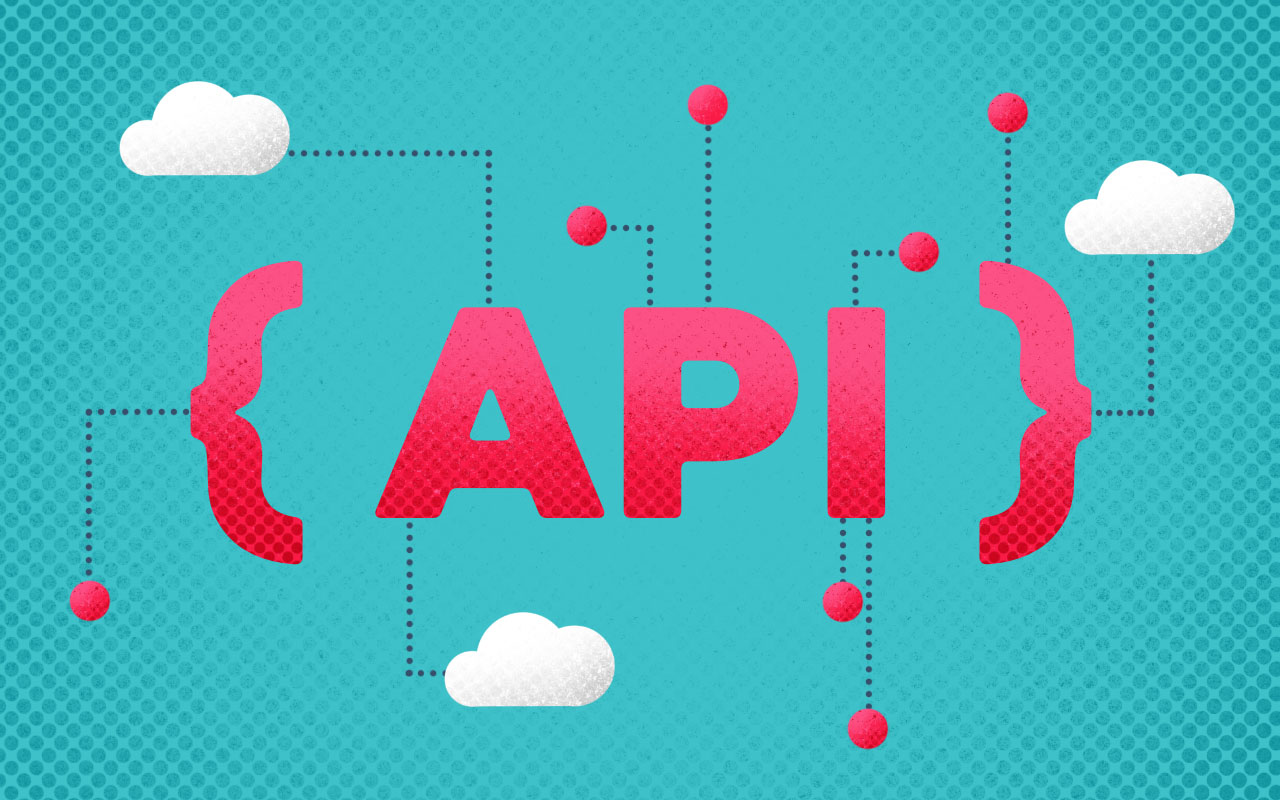API automation is mission critical for the future of service management!
We have all heard the buzz term of API! But do you really understand what it is and how it can help? Although this technology has been in place for quite some time, organizations are not fully taking advantage of this technology to maximize service management effectiveness.
API, application programming interface, is a set of protocols, routines, and tools for building software applications. An API specifies how software components should interact and exchange data with each other.
In the context of IT service management, an asset workflow automation with APIs could be a system that automatically tracks and updates the status of an organization’s IT assets. This system could use APIs to integrate with various IT systems and databases, such as asset management and incident management systems, to gather real-time information about the status of an organization’s IT assets. This information could then be used by IT service desk staff to quickly diagnose and resolve the incident, improving the overall efficiency and effectiveness of the IT service management process.
In addition to tracking the status of assets, the system could also use APIs to automate other aspects of the asset management process, such as scheduling maintenance and updating asset records. For example, when an IT asset reaches a certain age or usage threshold, the system could automatically generate a notification to schedule maintenance for that asset. This could help organizations to proactively maintain their IT assets and prevent potential outages or other disruptions to their IT operations.
In addition to these benefits, real time API data integration can also help organizations to improve their compliance with industry standards and regulations. By automating processes such as incident reporting and resolution, organizations can ensure that they are meeting their compliance obligations, which can help to protect their reputation and avoid costly penalties.
Overall, the use of APIs to automate process workflow can greatly benefit organizations by improving the efficiency and effectiveness of their IT service management processes. By using APIs to integrate with various IT systems and databases, organizations can gain real-time insights into the status of their IT assets, and automate tasks such as incident response, change management, and asset maintenance. This can help organizations to deliver high-quality IT services to their customers and stakeholders, and to stay competitive in today’s rapidly changing business landscape.
Infographic – The status of SMB IT in 2026
Explore how AI, automation & integrated ITSM/ITAM are reshaping IT strategy—at every scale.


